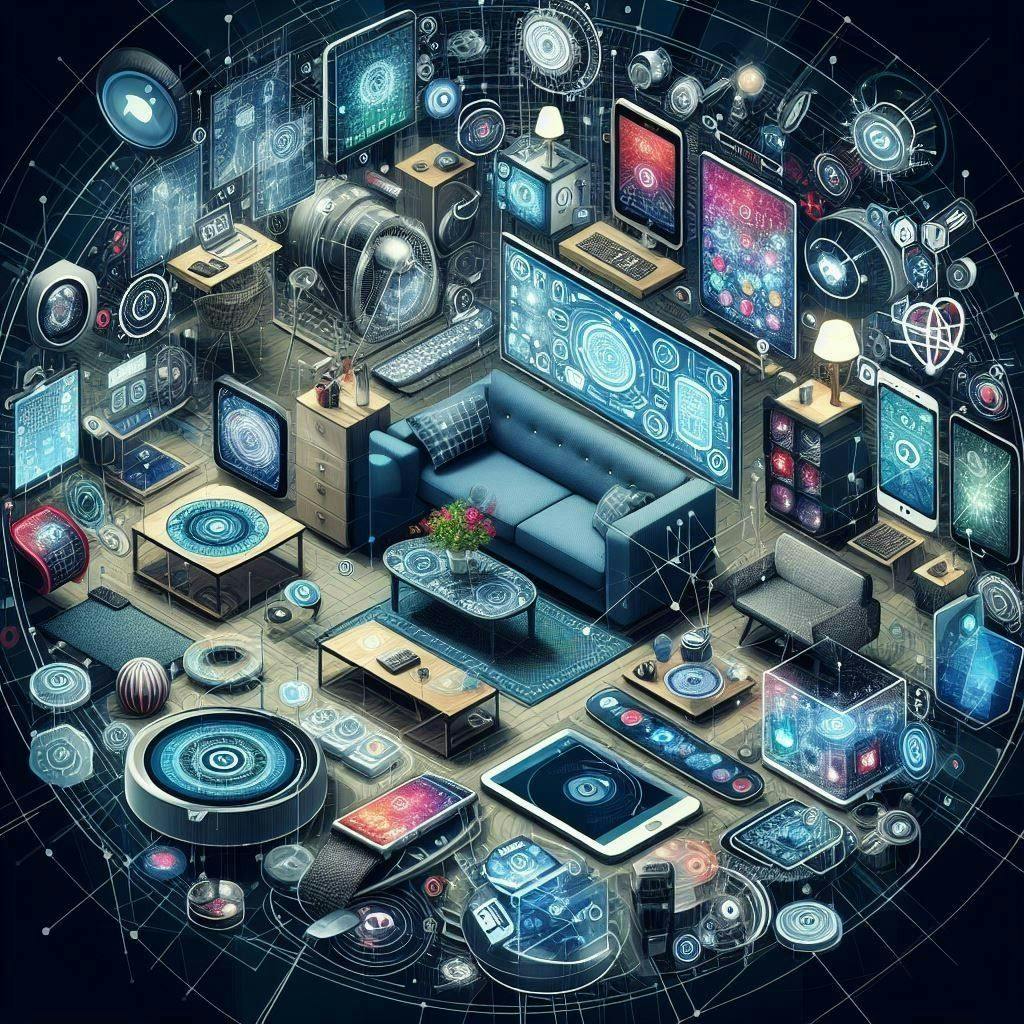“The most profound technologies are those that disappear. They weave themselves into the fabric of everyday life until they are indistinguishable from it.”
Mark Weiser
Ubiquitous Computing
We begin with Mark Weiser, an American computer scientist who coined the term “ubiquitous computing” in 1988. His ideas profoundly influenced the world of computer science.
Ubiquitous computing, also known as pervasive computing, envisions embedding computing power into everyday objects and environments, making technology omnipresent yet invisible to users. It aims to provide seamless interaction and services, enhancing daily activities without requiring direct engagement or conscious awareness.
To achieve this vision, we need to understand some key concepts:
-
Context-Aware Computing: Systems that adapt to the user’s environment and context (e.g., location, time, activity) to provide personalized and relevant information or services.
-
Direct Manipulation: Reducing the information processing distance between the user’s intentions and the machine’s capabilities by using familiar metaphors and intuitive interactions from the physical world.
-
Software Agents: Computer programs that act autonomously on behalf of users or other programs to perform specific tasks, often without direct user intervention.
In order to achieve intuitive and seamless navigation in the digital world using metaphors and mental models from the physical world, we’ll need to find the balance between autonomous context-aware software agents and direct manipulation. Achieving this balance is key in our pursuit of the true ubiquities of computing.
The Chatbot Oracle
The reason for this introduction is to equip us with the tools to assess how AI fits into our daily lives by following these concepts and whether it has achieved ubiquity.
In my opinion, the general public’s primary interaction with AI nowadays occurs through chatbots, engaging in a dialogue with an “oracle.” Engaging in this question-and-answer format has created, in quite a short period of time, a mental model that has shaped the public perception of AI as an omniscient oracle. This perception has influenced both how people view AI and how companies and organizations implement AI within their operations. The current trend of deploying basic chatbots reflects a lack of thoughtful design in AI integration. Businesses should move beyond this mental model and explore ways to seamlessly weave AI into their products for a ubiquitous and impactful user experience.
Envisioning Seamless AI Integration
The current paradigm of perceiving AI primarily through the lens of chatbots is a limited view of AI’s true potential. While chatbots serve as a mental model to demonstrate the capabilities of large language models (LLMs) like ChatGPT, it is crucial to recognize that chatbots are merely one application of AI. The true potential of AI lies in our ability to seamlessly integrate it into the background of our daily lives, working invisibly and intuitively to enhance our experiences.
Imagine a world where AI isn’t confined to a chatbot window. It anticipates your needs and preferences, subtly woven into the fabric of your everyday activities. This seamless integration depends on our ability to think outside the box on how to make AI a more context-aware software agent, implementing the subtle concepts of direct manipulation.
References:
The Computer for the 21st Century: https://www.youtube.com/watch?v=CkHALBOqn7s&ab_channel=NicolaBrown
Amit Zoran’s course — “Interaction” in in the Hebrew University.
